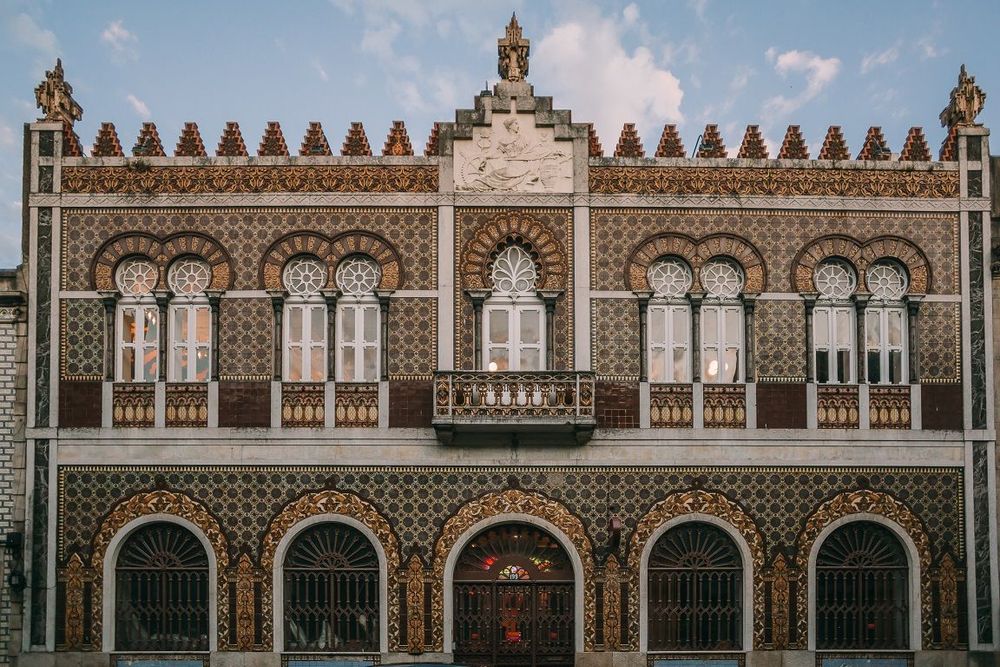
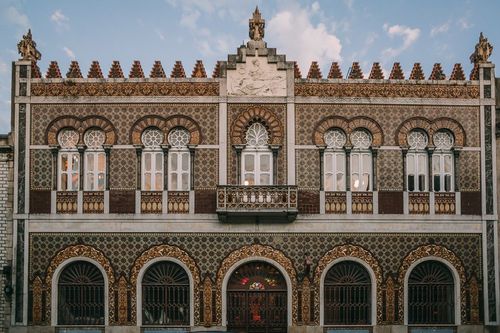
Unique Places Transformed Into Coworking Spaces
04 December, 2023
Share this article
From classic office buildings to former greenhouses, from cafes to former courthouses or abandoned mansions, coworking brings to life various spaces and surprisingly revitalizes the most unusual urban territories.
We have made a brief tour of the world and selected for this article some remarkable examples of buildings remodelled into flexible workspaces.
- Romania 🇷🇴
Just a few steps away from the Cișmigiu garden (which is perfect for a walk during your lunch break), there is a special coworking space, more than a century old, accessible also through the Pluria network. Inaugurated in 1913 under the name of Palace Hotel, the current Cișmigiu Hotel received its new name in 1948, becoming an emblem of Bucharest, a place imprinted with the refinement of its rich history and noble guests.
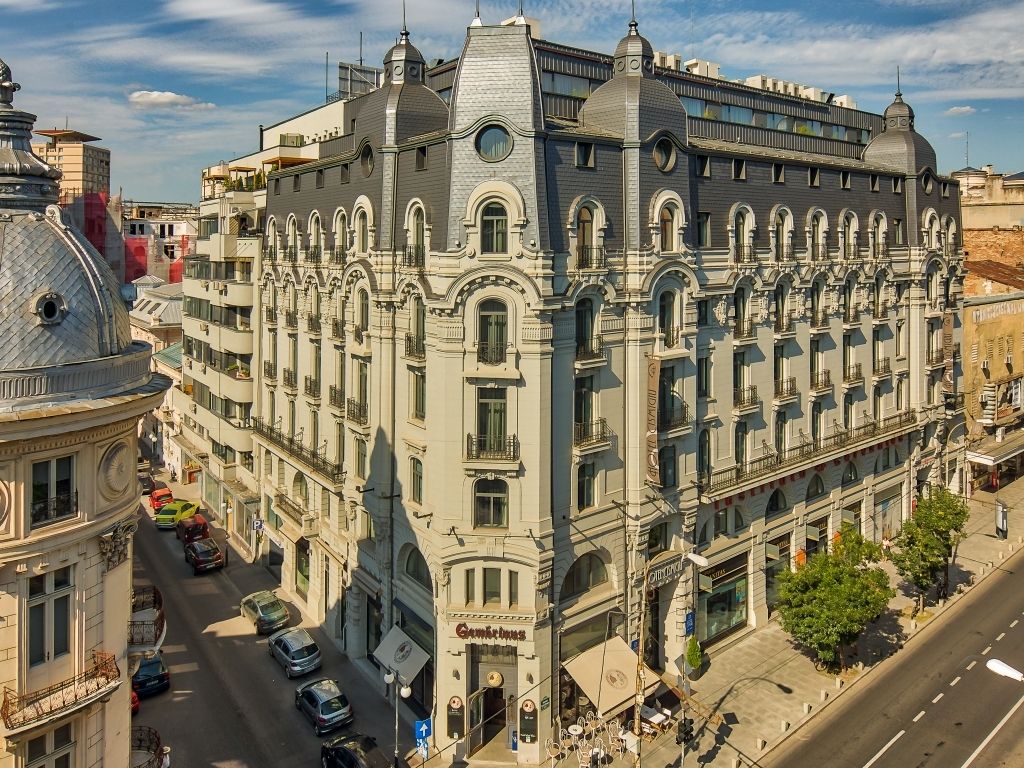 Cișmigiu Hotel is available for book in Pluria app
Cișmigiu Hotel is available for book in Pluria app
The building served as a center for the wounded during World War I, and in the early 90s it hosted the students of The Theatre and Film Academy. Renovated in 2012, Cișmigiu Hotel is currently a multifunctional center in the heart of the Romanian capital, providing an inspirational and efficient work environment when work from home or work from a fixed office is not suited.
ShareDesk Piața Muncii in Bucharest is located on the ground floor of a chic villa in sector 3, with a yard with walnut, apple, fig trees and even with vines. On warm days, you can drink your morning coffee and work from the terrace.
Many cafes and restaurants all over the world have also adapted their spaces to flexible work. In Iași, Acaju presents itself as more than a bar or a café: it builds “a community of creative, good and adventurous people”, and from here to the configuration of a generous coworking space on the first floor of the building was just one step.
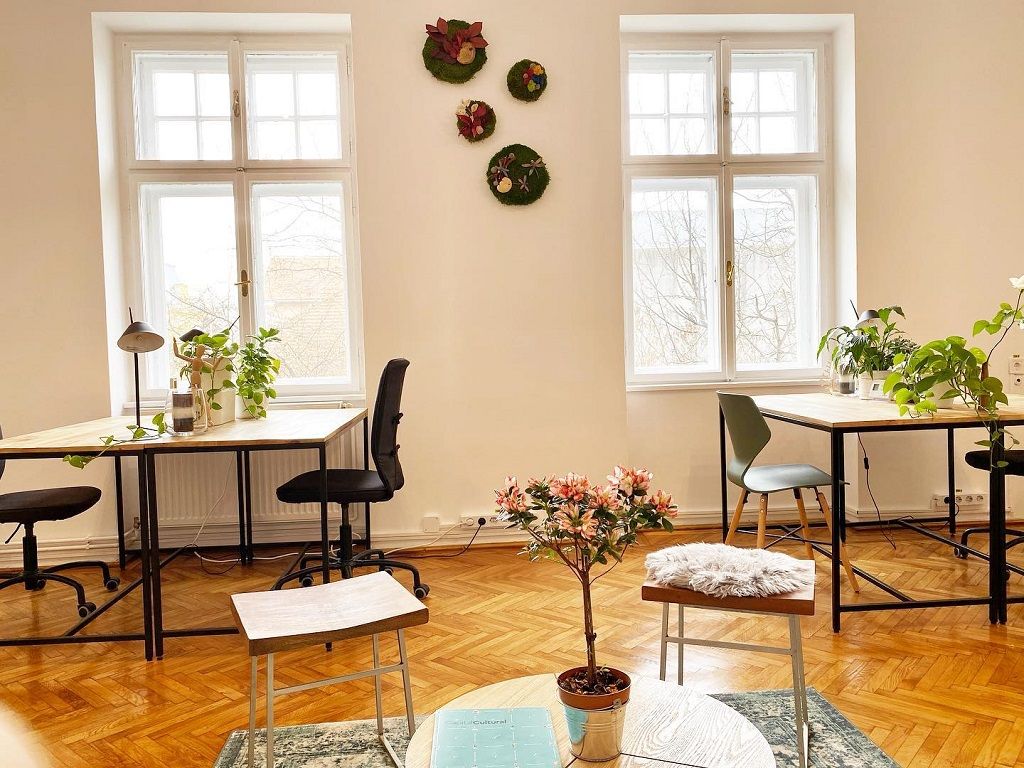 Nook is an art, event and coworking space in Sibiu
Nook is an art, event and coworking space in Sibiu
Sibiu easily sneaks into the soul of anyone who crosses its streets and admires its architecture. In a beautiful old house, Nook created a coworking ambience that brings together modern facilities and “the architecture of the early twentieth century through the wide rooms, high ceilings, massive oak flooring and carefully crafted wooden windows.”
- Spain 🇪🇸
In its colourful and passionate spirit, Spain offers some of the most diverse and attractive coworking spaces in Europe.
Networkia Paseo de Gracia, Barcelona
The buildings of Barcelona’s Eixample district combine traditional essence with numerous modernist accents. The experts who set up the Networkia Paseo de Gracia carefully respected this line of old and new. The coworking space is located in a historic building from the early twentieth century, the former headquarters of the insurance company La Unión y el Fénix.
La Vaca coworking spaces
Barcelona also hosts, on the site of a former dairy shop from the 50s, La Vaca – one of the most dynamic and friendly coworking spaces in Spain, around which a large international community was built.
Impact Hub Picasso, Madrid
Modern business centres as well can host coworking spaces with a special history. In Madrid, Impact Hub Picasso is located in the Picasso Tower, designed by the renowned architect Minoru Yamasaki. The tower was, between 1988 and 2007, the tallest building in the city, and is now the tenth highest in Spain.
In Valencia, Coworking Wayco Ruzafa is located in the building that housed in the early twentieth century a cinema, then a famous library.
- Portugal 🇵🇹
Events and coworking spaces at Village Underground Lisboa
Close to Europe’s westernmost point, Lisbon offers rare coworking spaces, from old markets to… sea containers and double-decker buses. Village Underground Lisbon has turned several such containers into offices and also provides its customers with a conference room. This unconventional coworking hub has not gone unnoticed by publications such as Forbes and Elle, the latter declaring it ideal for artists.
Three hours away from Lisbon, Porto is rich in coworking spaces as well, offering an excellent example of style and urban remodelling: in the historical medieval city centre, the Fernandina Walls house a seventeenth-century building transformed in 2016 into Typographia Cowork.
Throughout the history, the building has served as a bourgeois residence, monastery, inn, tavern and typography. Nowadays it harmoniously combines elements of the original decorative style with modern facilities and arrangements.
Selina Navis Cowork is the place you go to escape from classic offices
Also located in Porto, Selina Navis Cowork brings to life an iconic Arabian-style property, built in 1908 as part of one of the most important ceramic centers in the Iberian Peninsula.
- Netherlands 🇳🇱
Fosbury & Sons Prinsengracht is a former hospital in Amsterdam
Built around the 1850s, the former Prisengracht hospital in Amsterdam, which operated as a medical center until 2014, was transformed into a generous and welcoming coworking space, preserving elements of the building’s original décor. False walls have been removed, revealing some of the original panelling and ornamentation.
A quiet corridor leading to the nurses’ sleeping quarters now provides the access way to an area with private offices. In each of these, parquet floors have been reinstated, according to the original ones, as discovered in old photos of the hospital.
- Colombia 🇨🇴
El Nido is the perfect combination of work and sunny days
In Bogota, Coworking El Nido impresses with exterior walls decorated in graffiti, in the unique Colombian style, and with relaxing, welcoming interiors that make members feel at home.
On the same Colombian lands, the city of Medellin hosts another unique coworking space: Distrito 17, a former garage, where old car enthusiasts have formed a united community, repairing and customizing vehicles and motorcycles of all times. Today, this creative spirit is still alive in the redesigned coworking space.
- Brazil 🇧🇷
However, not only buildings such as former offices of public institutions or large areas are suitable for becoming coworking spaces. A Brazilian gave this destination to the family home built by his grandfather in 1959, in the city of Salvador.
As the years passed, the surrounding houses were replaced by apartment buildings, bars and stores, but this place remained a childhood emblem for the current owner and a symbol of the past for the entire neighbourhood.
Thus, during the process of transforming his family residence into a coworking space, the owner aimed not only to create all the necessary office functionalities, but also to preserve the intimate atmosphere and the warmth that reminds him of his childhood.
The hedge and the green terrace, the empty spaces, the modern facilities, the flexible design, the past and the present blend harmoniously into this coworking space that is not by chance called A Casa.
Fortunately, this Brazilian example is not isolated. As we have shown in our previous articles, coworking not only supports business prosperity, but also urban regeneration.
- Russia 🇷🇺
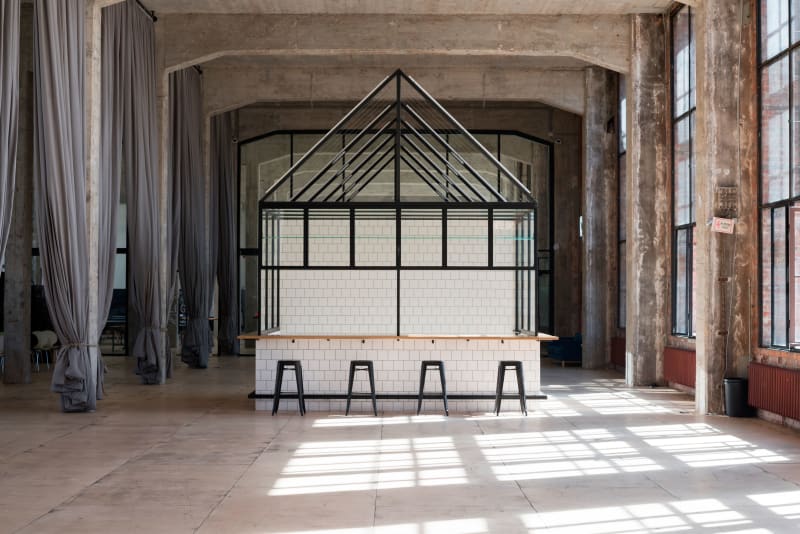 How do you image the coworking spaces in Russia?
How do you image the coworking spaces in Russia?
Moscow also shares a memorable example in the international coworking community: inaugurated in 1927, the building of the former central telegraph represented a double challenge for the architects who worked on its reconfiguration into an office space.
On the one hand, the initial destination of the building imposed the existence of very high rooms, which would cope with the heat released by the telecommunication equipment of the early twentieth century, so that the entire space retains a special geometry.
On the other hand, over time, the building was abandoned and massively damaged, requiring a lot of ingenuity to restore. Having said that, the effort was definitely worth it.
Keep up to date with our most recent articles, events and all that Pluria has to offer you.
By subscribing to the newsletter you agree with the privacy policy.

In the increasingly exhausting rhythm of modern life, chronic stress has become one of the most harmful factors affecting society at a wide scale. In the face of this challenge, we have two options: to conti[...]
04 December, 2023
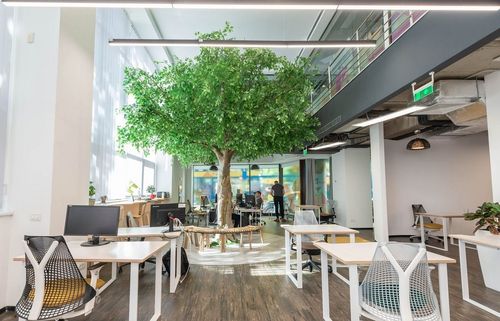
The concept of coworking, as we know it today, is a recent one, but it has evolved in a short time at a spe[...]
04 December, 2023

No matter how many years have passed since your last professional accreditation or how much experience you have gained in the meantime, your skills’ development is a process based on continuous learning. We [...]
04 December, 2023